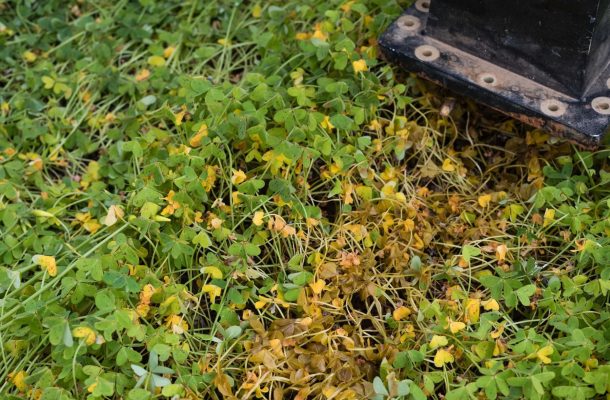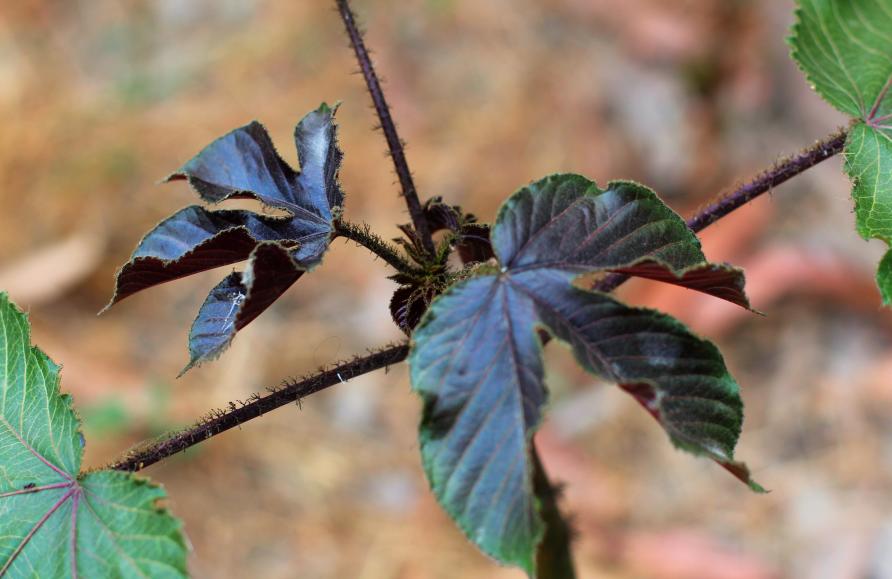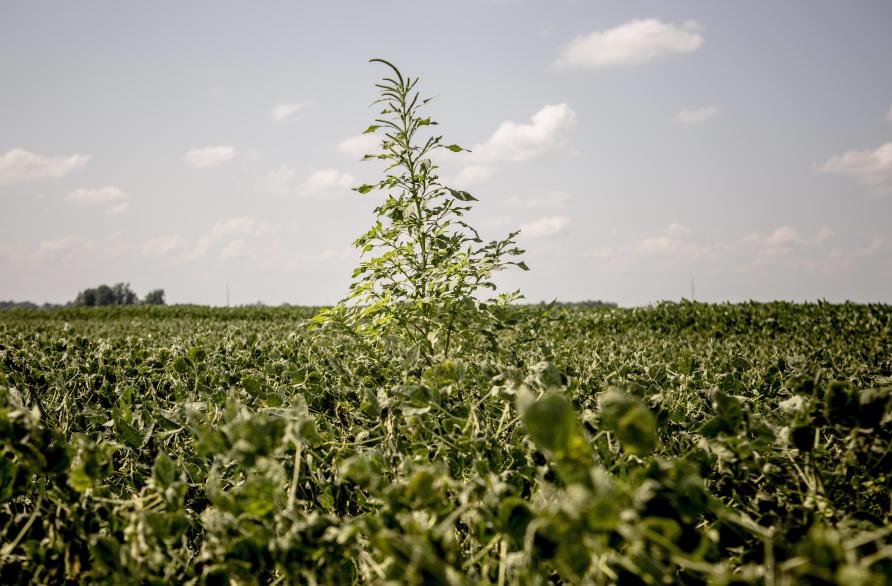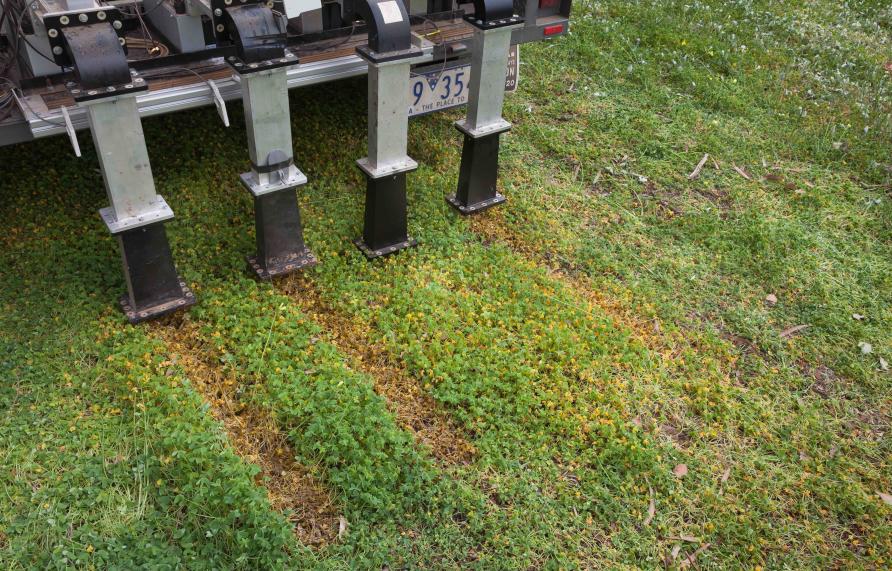Zap! And the weeds are gone

There’s some popping and spluttering, a fair bit of steam. In thirty seconds everything stops, and the weeds are left limp on the plate.

Dr Graham Brodie with the new applicator that confines the microwave energy closely to its surface.
“And that is how we can kill weeds without herbicides,” declares Dr Brodie.
It’s a remarkably simple demonstration of an ingenious concept.
“By using microwaves to heat the water particles within a weed, the vibrations cause the plant cell walls to explode, killing the plant,” he says.
The trick, however, lies in translating that concept into a product that can be used in the field to deliver the electromagnetic waves over much larger areas, and to do so without using too much energy.
Dr Brodie has now done just that.
He’s designed an antenna that can effectively deliver microwave energy specifically into the weeds, as well as into the ground itself to pre-treat soil before crops are sown.
His data shows that this technology not only kills growing weeds, but also eliminates dormant seeds and benefits the soil, leading to larger crop yields.
“The microwaves literally cook the seeds, deactivating their germination,” says Dr Brodie.
With herbicide resistance on the rise, the ability to deliver new ways of protecting crops and aiding farmers represents a significant development in agricultural technology.

The technology has been tested on weeds like the bellyache bush.
An electrical engineer by trade, Dr Graham Brodie joined the Faculty of Veterinary and Agricultural Sciences in 1997, working at the University’s Dookie campus, near the regional Victorian city of Shepparton.
Working at the University’s agriculture campus has allowed Dr Brodie to spend the last five years testing and perfecting his weed-killing invention on over 25 different species of weed including ryegrass, barnyard grass, bellyache bush, hemlock, wild radish, wild oats and fleabane.
The key to the invention was Dr Brodie developing a way to deliver energy efficiently over a large enough area.
The new applicator confines the microwave energy closely to its surface. As the design is modular, it can be mounted onto commercially-available machinery, like tractors, for various agricultural applications to manage weeds or treat soil.
The ultimate design would be a solar-powered system mounted on an autonomous vehicle that was able to perform spot-weeding.
“The microwaves can reach up to five centimetres below the ground, so some larger organic material can be affected. Although, because the depths that these microwaves can penetrate are limited, the overall damage isn’t high.”
“The microwaves initially reduce the beneficial bacteria in soil, but their numbers quickly bounce back within a month of soil treatment.”

Some weeds have developed herbicide resistance.
Avoiding herbicide resistance
For years, herbicides have been a very cheap and readily available way to treat weeds and soils, so the economic imperative to develop alternative methods wasn’t there.
In addition, herbicide resistance was far less common. This resistance is an inherited ability of an individual plant to survive a herbicide application that would kill a normal population of the same species.
When weeds develop this tolerance to certain chemicals it can mean that specific patches of soil are impossible to treat with conventional products.
But, now that weeds above ground and below the soil can be killed with microwave energy, the technology is ready to be taken to the next level.
Thinking outside the paddock
The product has recently been successfully commercialised thanks to early investment from Grains Research & Development Corporation (GRDC), as well as commercial partner IP Group. This has now resulted in the establishment of incorporated company, GroWave.
The potential application of the technology extends well beyond the farmyard and could be used to treat soils on the side of roads or in horticulture.
This may include applications for strawberry runners, tomatoes, organic vegetable production and for use below vines for weed control in vineyards.

The technology delivers energy efficiently over a large enough area to be practical.
Additionally, the technology is not contingent on good weather and can be used year-round when required.
“I am thrilled to be able to bring this work to life and open up the possibilities for others to use this technology,” says Dr Brodie.
This article was published by Pursuit.
Claudia Hooper is currently a Media Advisor at the University of Melbourne. She holds a Masters in Global Media and Communication from the same institution.












